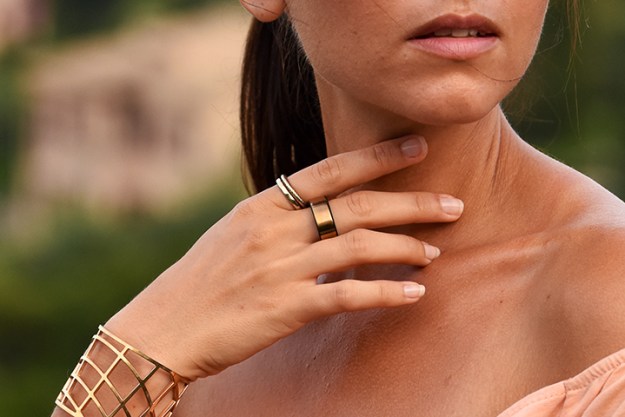When sports teams hit the road to play in away games, they’d usually charter a commercial airliner to haul the players and team personnel. These planes aren’t too different that the ones most of us fly on (just slightly roomier), but it still means long-legged basketball players or beefy linebackers may have to shove themselves into a compact seat or two, not to mention the noise and re-circulated air they have to endure. And, an uncomfortable flight could mean a player might end up being in his or her worse form for the game. Which is why Seattle-based design firm Teague in collaborating with designers from Nike to create a private plane that meets the needs of today’s pro sports teams.
The concept (there is no actual plane right now) is called “Home Team Advantage at 40,000 Feet,” and it reimagines the interior of plane. Gone are the rows of painful seats made for packing in passengers; in are customized, high-tech spaces that help players stay in their best shape, even travelling 2,500 miles from West Coast to East Coast. These include “four areas of performance innovation,” designed for recovery, circulation, sleep, and thinking.
From the images you’ll see sleeping pods that monitor a player’s vitals as well as provide ice and compression sleeves and adjustable rests for each leg; a lounge for players to relax; a specialized kitchen that plans nutritional meals; and massage beds with biometrics testing – all designed to address those four “performance innovation” areas. (We’re going to guess there will be an in-flight gym as well.) On board, the computer system uploads stats from the sensors embedded in players’ apparel and footwear, providing them post-game data of their performance. Most importantly for athletes, the interior is über-stylish.

This high-tech jet might seem superfluous, but the idea is actually not unsound. In its research, Teague found that players who play in away games are at a disadvantage due to the effects of travel, which is why home teams tend to have that “home team advantage” over visitors. Teague quotes a study that shows teams who travel cross-country, lose 60 percent of games, while another study shows motor function can deteriorate due to air travel. It also surveyed experts and team personnel in both pro and college sports, as well as the trainers and designers from Nike.
And while such a plane would likely cost tens of millions, consider that major sports teams, as well as collegiate ones, spend just as much (and more) in building ground facilities that are designed to do the same things that Teague’s sports jet would.
Related: Instead of Windows, This Supersonic Jet Uses Live-Streaming HD Screens
“These investments in wages and facilities are the team owners’ response to an increasingly competitive race to attract the best players and get the best performance out of those players,” Teague writes. “But something obvious is missing in the protection of a their most valuable asset: how teams travel.” Teague says teams should also invest in “away” facilities, not just at home.
If a tiny private jet comes to mind, think bigger. Teague’s designs are obviously for the types of large Boeing and Airbus planes we fly on. (A Boeing 787-8 would fit nicely with Teague’s concept.) In fact, Teague has a long relationship with Boeing in designing plane interiors, as well as working with airlines on cabin designs. Add the fitness know-how from Nike, and suddenly, an “athlete’s plane” becomes totally plausible.





